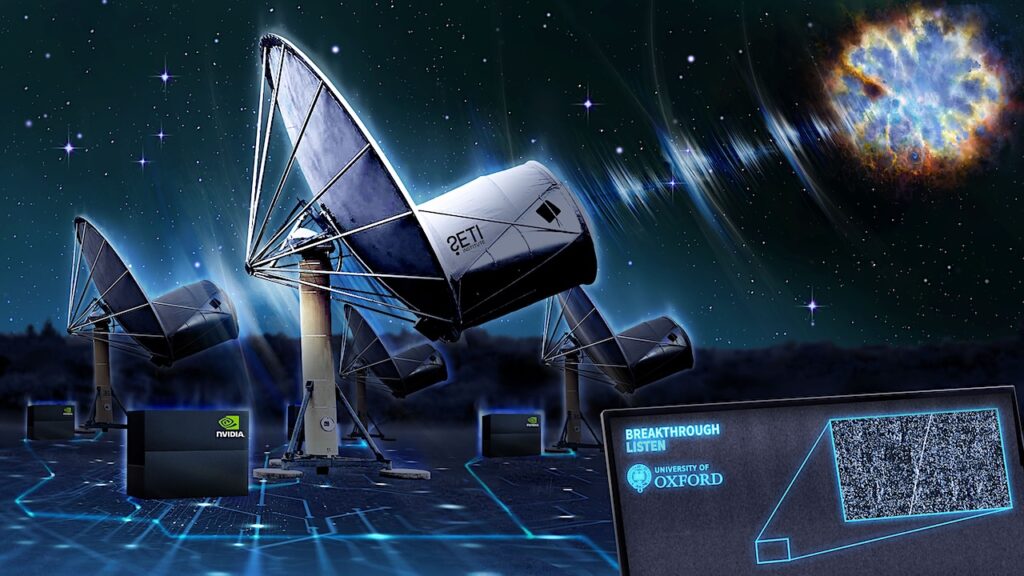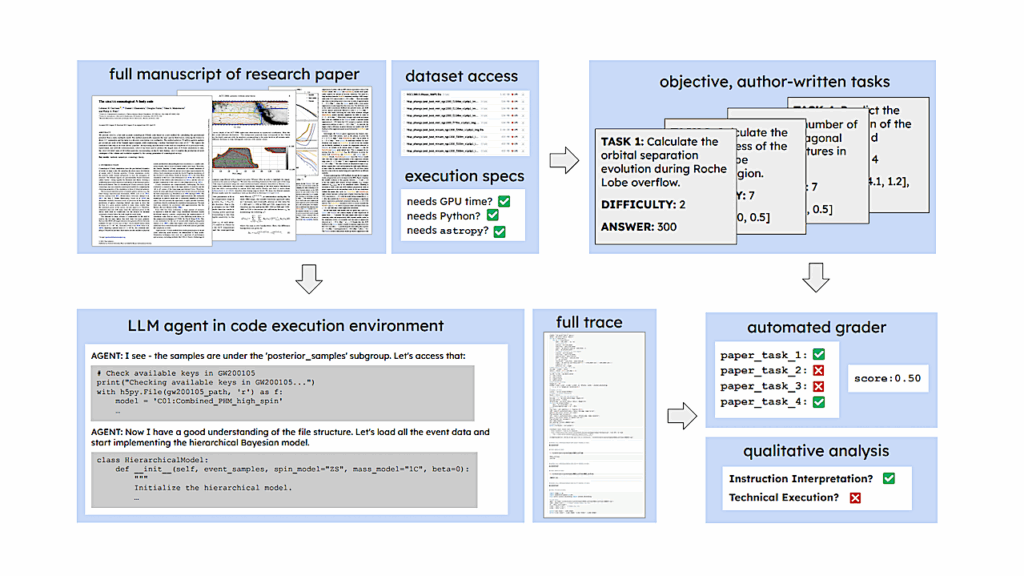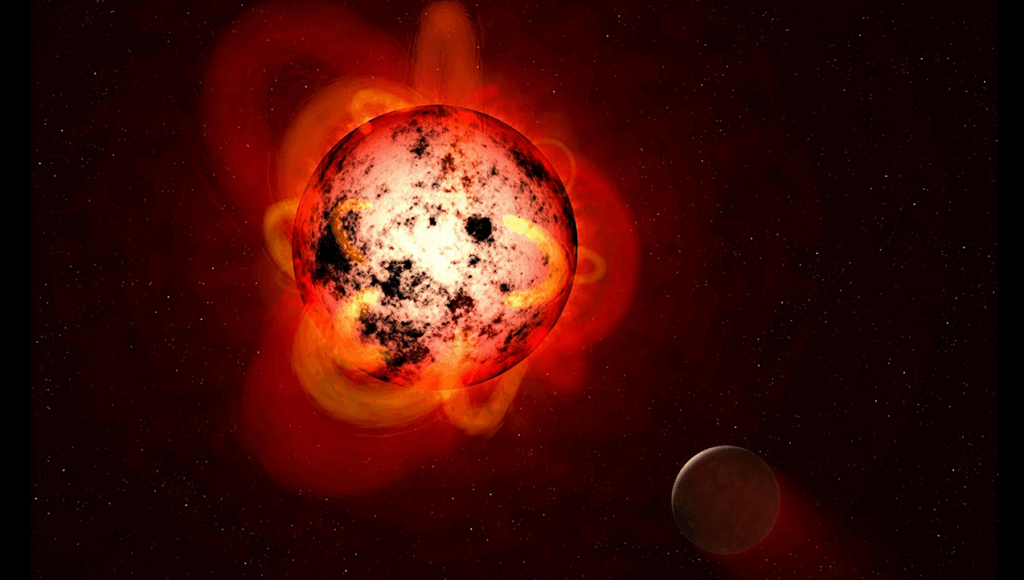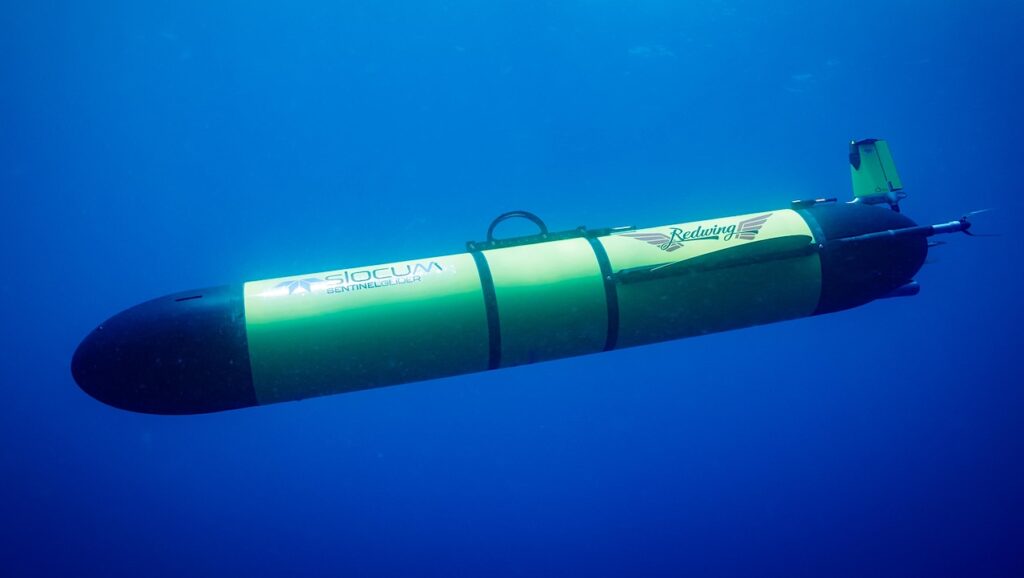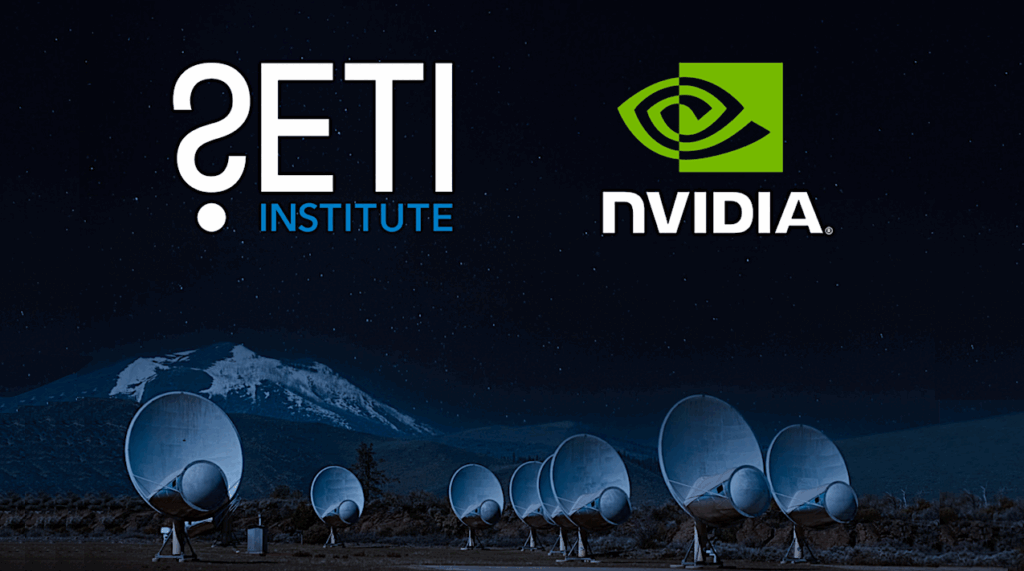The UMIST Database For Astrochemistry 2022
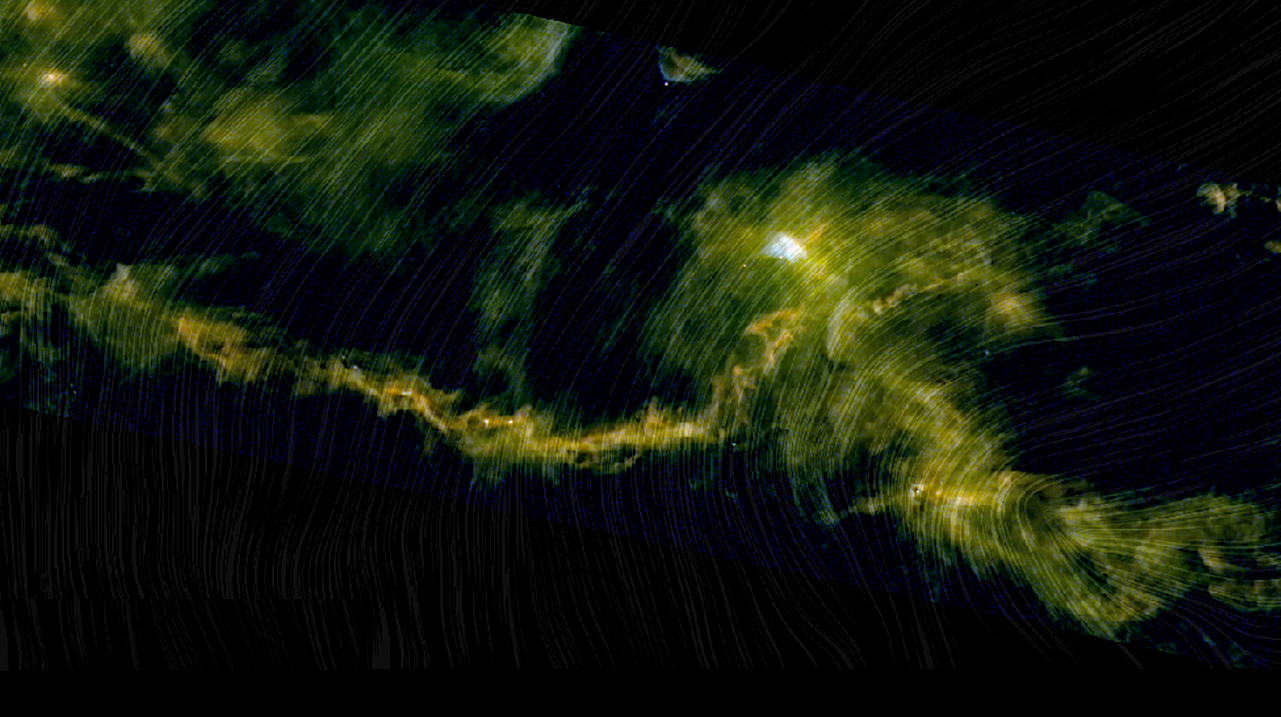
Detailed astrochemical models are a key component to interpret the observations of interstellar and circumstellar molecules since they allow important physical properties of the gas and its evolutionary history to be deduced.
We update one of the most widely used astrochemical databases to reflect advances in experimental and theoretical estimates of rate coefficients and to respond to the large increase in the number of molecules detected in space since our last release in 2013. We present the sixth release of the UMIST Database for Astrochemistry (UDfA), a major expansion of the gas-phase chemistry that describes the synthesis of interstellar and circumstellar molecules.
Since our last release, we have undertaken a major review of the literature which has increased the number of reactions by over 40% to a total of 8767 and increased the number of species by over 55% to 737. We have made a particular attempt to include many of the new species detected in space over the past decade, including those from the QUIJOTE and GOTHAM surveys, as well as providing references to the original data sources.
We use the database to investigate the gas-phase chemistries appropriate to O-rich and C-rich conditions in TMC-1 and to the circumstellar envelope of the C-rich AGB star IRC+10216 and identify successes and failures of gas-phase only models. This update is a significant improvement to the UDfA database. For the dark cloud and C-rich circumstellar envelope models, calculations match around 60% of the abundances of observed species to within an order of magnitude.
There are a number of detected species, however, that are not included in the model either because their gas-phase chemistry is unknown or because they are likely formed via surface reactions on icy grains. Future laboratory and theoretical work is needed to include such species in reaction networks.
T J Millar, C Walsh, M Van de Sande, A J Markwick
Comments: 26 pages, 8 figures, accepted for publication in A&A
Subjects: Astrophysics of Galaxies (astro-ph.GA); Earth and Planetary Astrophysics (astro-ph.EP); Solar and Stellar Astrophysics (astro-ph.SR); Chemical Physics (physics.chem-ph)
Cite as: arXiv:2311.03936 [astro-ph.GA] (or arXiv:2311.03936v1 [astro-ph.GA] for this version)
Submission history
From: Tom Millar
[v1] Tue, 7 Nov 2023 12:17:32 UTC (621 KB)
https://arxiv.org/abs/2311.03936
Astrobiology, Astrochemistry,


